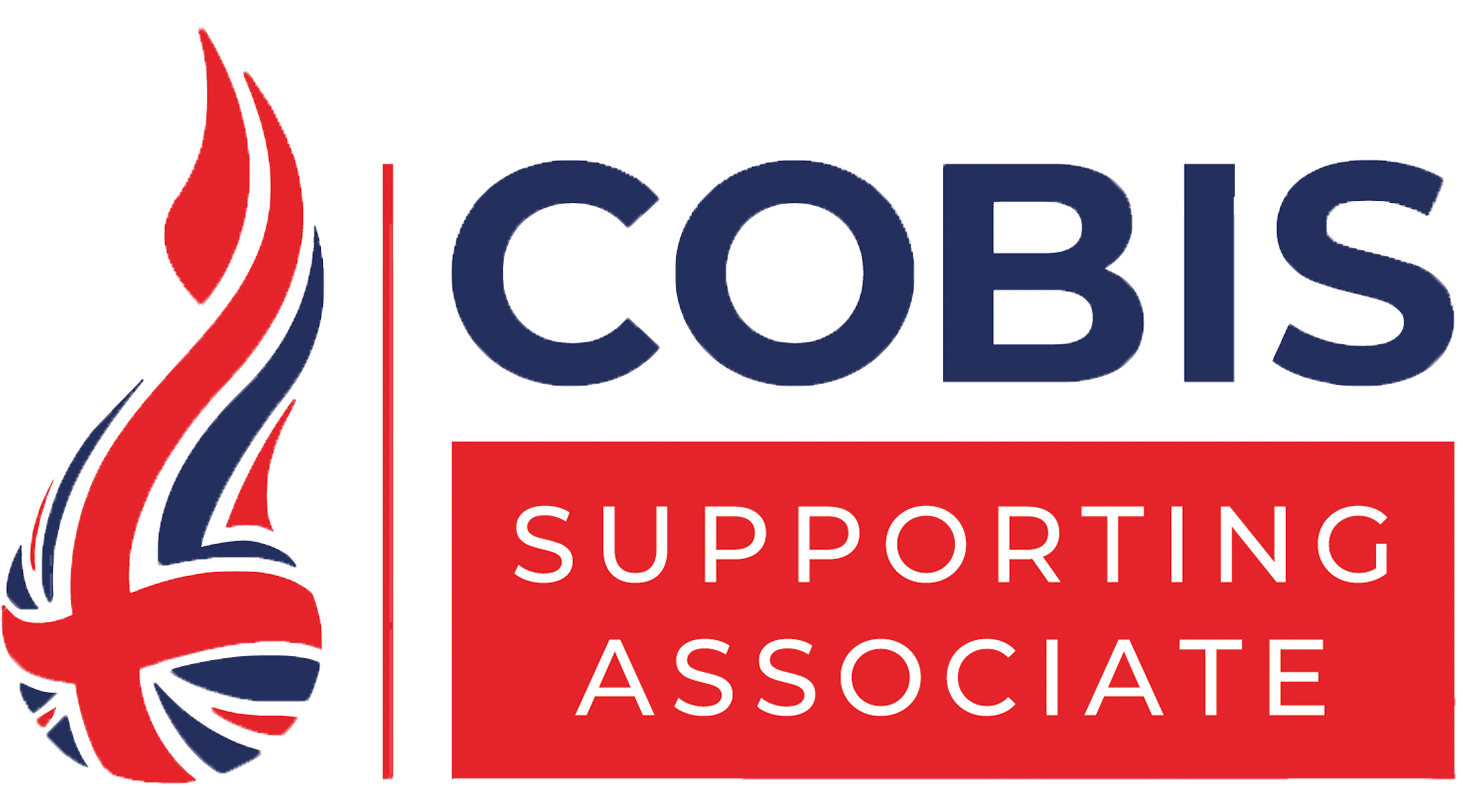‘Lethal mutations in education and how to prevent them’ was co-authored by Kate Jones, Senior Associate for Teaching and Learning here at EBE, and Dylan Wiliam, who sits on our Advisory Board.
The term ‘lethal mutation’, coined by Ed Haertel (Brown and Campione, 1996), has become well-known amongst educators, especially those who adopt evidence-based approaches to teaching and learning. In previous work, one of us (DW) has stressed that teachers need a degree of autonomy to adapt evidence-informed practices and techniques to fit within their unique classroom context. The danger here, of course, is that if teachers do not understand the principles behind such practices, they may modify ideas and techniques to such an extent that they are so far removed from the original concept or suggestion that it is no longer effective, or even counter-productive—a lethal mutation.
One prevalent example of a lethal mutation in education is the requirement that each lesson must begin with teachers posting learning intentions that students then copy into their books. While the teacher needs to be clear about what learning the lesson is intended to generate, it is often more appropriate to begin with a thought-provoking question (Wiliam & Leahy, 2015).
Another example is the use of retrieval practice—the act of recalling something previously learned from long-term memory. The benefits of retrieval practice for long-term learning are among the most secure findings in educational psychology (Brown, Roediger, & McDaniel, 2014), so it is not surprising that many schools have enthusiastically embraced retrieval practice. However, in some cases, this has led to teachers being required to use some form of retrieval practice in every lesson, whatever the material being taught, and whatever the age of the students. Any evidence-informed strategy or technique is potentially vulnerable to the curse of lethal mutations, so how can this be prevented? Here are our suggestions.
- Teachers need to understand the research supporting evidence-based practices. To make things work in their own classrooms, teachers need to modify and adapt suggestions. Without an understanding of the research behind the practices, teachers may modify the techniques in ways that reduce their effectiveness. For example, providing diagrams and text allows students multiple ways of making sense of the material being presented—what is sometimes called dual coding—but if the text and the diagram convey the same information, this may increase the complexity of the task for the student, leading to less learning. In the same way, adding images and illustrations to lesson slides may increase engagement, but may make learning more difficult by distracting students from what they need to be focusing on.
How best to support teachers in using research in their classrooms is far from straightforward, but one crucial element is the realisation that putting research into practice entails much more than just following a set of instructions—it is a fundamentally creative act. In particular, as Nonaka and Takeuchi (1996) point out in their book The Knowledge-Creating Company, if expertise involves tacit as well as explicit knowledge—as it clearly does in teaching—then professional learning is best supported through a cycle of sharing experience, dialogue, networking, and learning by doing.
To this end, professional learning communities can help to ensure that school leaders at all levels and classroom teachers understand the evidence behind the practices they are adopting. This can help ensure that the adaptations that will inevitably be necessary to make new ideas work in different classrooms are made in ways that do not reduce their effectiveness, and thus minimising the likelihood of “lethal mutations”.
- Don’t rush to embed evidence-based practices. Leaders and teachers can, understandably, be anxious to implement a strategy or technique as quickly as possible, either out of the desire to improve student outcomes as soon as possible or as a response to external pressures, such as school inspectors. Typically, however, the kinds of changes that research suggests will be effective take time to implement. Teachers need time to plan, to decide which topics, and which groups, are likely to benefit from the approach. If there is a specific focus on a classroom strategy, such as questioning, teachers will need time both to develop good questions, and to improve how these questions are used, such as increasing wait-time.
As well as spending time planning, before new ideas are introduced, minimising the likelihood of lethal mutations also requires time afterwards, to reflect on whether the implementation was faithful to the original research; the support of trusted peers is particularly helpful here. Professional instinct and judgment are vital, but we all sometimes need help to see things from a different perspective.
- Context over consistency. Evidence-informed approaches and strategies have similarities across different contexts but the context of learning—school, age range and subject—differ, and those differences cannot be ignored. Whole-school approaches and routines are important—consistency is a key component of creating an evidence-informed culture—but context also means that things that might be appropriate in one context are counter-productive in another.
For example, beginning a lesson with a retrieval practice task can be a well-structured approach to start a lesson, retrieving prior knowledge before progressing to new material. However, in a Food and Nutrition practical lesson, time is particularly of the essence. Common sense would suggest students begin their preparation for the practical task and instead complete a retrieval task at a later point when the food is being prepared in the oven. During a practical PE lesson, after the initial physical warm-up students can take part in verbal recall at various points in the lesson, instructed and monitored by the teacher.
Similar considerations apply to strategies like interleaved practice—where a single study session includes different topics (e.g., biology, chemistry and physics). Interleaving is beneficial because students are required to retrieve things from memory, thus strengthening those memories, and retrieval practice has a bigger impact when retrieval is difficult. However, what this means in practice is far from clear. Verbal and conceptual material may fade at different rates, so judging when it is best to ask students to retrieve will always require professional judgement, and considerable planning will be required to establish how this can best be done.
What we need, therefore, is to establish a middle ground between “anything goes” and what Ralph Waldo Emerson called “foolish consistency”. No school should seek uniformity of practice across the entire school, but by creating professional learning communities, where teachers can discuss which ideas are, and are not, relevant for their practice, we can create what we might call “principled departure from uniformity”.
Finally, it is important to add what a lethal mutation, as described by Haertel, is not. A lethal mutation doesn’t refer to practices that are not supported by robust research and concrete evidence. The use of ‘learning styles’, designing lessons to accommodate the individual preferences of learners, is not a lethal mutation. The belief that students learn better via their preferred learning style is not supported by evidence and is more akin to a myth than mutation. A lethal mutation is an idea or a practice that is prompted by sound scientific evidence, but is implemented in a way that reduces, or even completely negates, its effectiveness. Lethal mutations can be reversed over time with reflection, effort and change but prevention truly is better than a cure.
References
Brown, A. L., & Campione, J. C. (1996). Psychological theory and the design of innovative learning environments: On procedures, principles, and systems. In L. Schauble & R. Glaser (Eds.), Innovations in learning: New environments for education (pp. 289-325). Hillsdale, NJ: Lawrence Erlbaum Associates.
Brown, P. C., Roediger III, H. L., & McDaniel, M. A. (2014). Make it stick: The science of successful learning. Cambridge, MA: Belknap Press.
Nonaka, I., & Takeuchi, H. (1995). The knowledge-creating company: How Japanese companies create the dynamics of innovation. New York, NY: Oxford University Press.
Wiliam, D., & Leahy, S. (2015). Embedding formative assessment: Practical techniques for K-12 classrooms. West Palm Beach, FL: Learning Sciences International.






A very enjoyable and informative article. “Foolish consistency” struck a chord with me and is a common unintended consequence of schools and MATs attempting to drive up standards.
I was looking for the meaning of ‘lethal mutation’ in education, then I have found this article. It was very helpful for me to understand these terminology. I would like to download it for my future reference, but couldn’t find a way.
Another example would be the use of feedback. It is well known that feedback can have a high impact on student learning but it is not so well known that in a considerable proportion of cases feedback can have a negative impact.
When teachers give feedback that is too prescriptive it will get the students to become dependent on the feedback for improvement of the task instead of using their own resources and developing their autonomy and independence. The feedback should get students to self-evaluate and develop their autonomy so the move off the need of prescriptive feedback from the teacher.